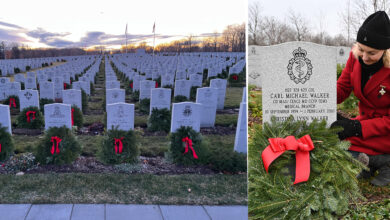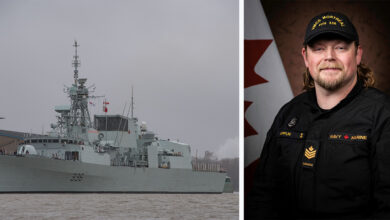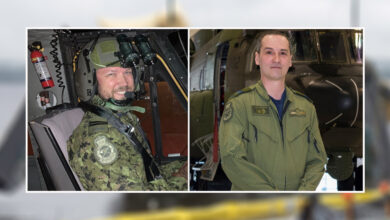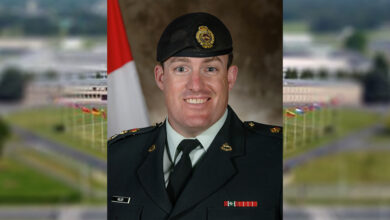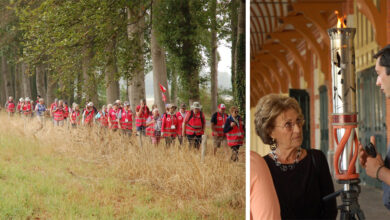Remembering
78th Battalion Soldier Identified
Another Canadian First World War Soldier Found in Hallu, France, has been identified.
The Department of National Defence and the Canadian Armed Forces have succeeded in identifying the remains of a fifth First World War soldier found in Hallu, France, as Private Sidney Halliday.
“It is particularly poignant that we learn the identity of this Canadian hero during Remembrance Week as we commemorate the hundredth anniversary of the beginning of the First World War. Canada can now honour his sacrifice and bury him alongside his comrades in a known grave for future generations to visit, reflect and remember,” Deanna Fimrite, dominion secretary-treasurer, The Army, Navy & Air Force Veterans in Canada.
Private Halliday, who was 22 at the time of his death, was born in England but had moved to Manitoba in 1915 and fought with the 78th Battalion during the First World War.
During the First World War, the 78th Battalion, also known as the Winnipeg Grenadiers, was to relieve the 3rd Division in the Canadian lines following the first attack of the Battle of Amiens on August 8, 1918.
On August 10, the 78th Battalion received orders to capture the small village of Hallu, located in the Somme region of France. During the advance, the 78th Battalion suffered over 46 fatalities and 54 missing, of whom 30 presently remain ‘missing’ with no known grave.
The DND and the CAF had previously announced the identification of four of Private Halliday’s fellow soldiers in Winnipeg on September 2014. DND and the CAF are working with the Commonwealth War Graves Commission and in consultation with the soldier’s relatives to plan for an internment ceremony to provide the soldiers with a final honoured and appropriate resting place.
The DND and the CAF use historical research, physical anthropology, genealogical research, genetic testing, and isotope analysis to identify soldiers, sailors and air force personnel whenever their remains are found. This research and testing can sometimes take years.
“Although a painstakingly time consuming task, we hope that continued efforts are made to identify the remaining Grenadiers’ so that Canada will be able to give peace to their families and give Canadians new connections to a military heritage steeped in stories of courage and selflessness, qualities perpetuated by our Armed Forces today,” said Fimrite.
In 2006 and 2007, the remains of eight Canadian soldiers were located in the village of Hallu in the Somme Region of northern France. This was the largest single find of unknown Canadian soldiers since the CAF Casualty Identification programme started in 2006.
Four soldiers were identified earlier in 2014, and it is hoped that with this additional identification and further testing and analysis, the other three soldiers, also believed to be from the Winnipeg Grenadiers, will be identifiable as well. Of the nearly 68 000 Canadian fatalities during the First World War, more than 19 000 members have no known grave.




